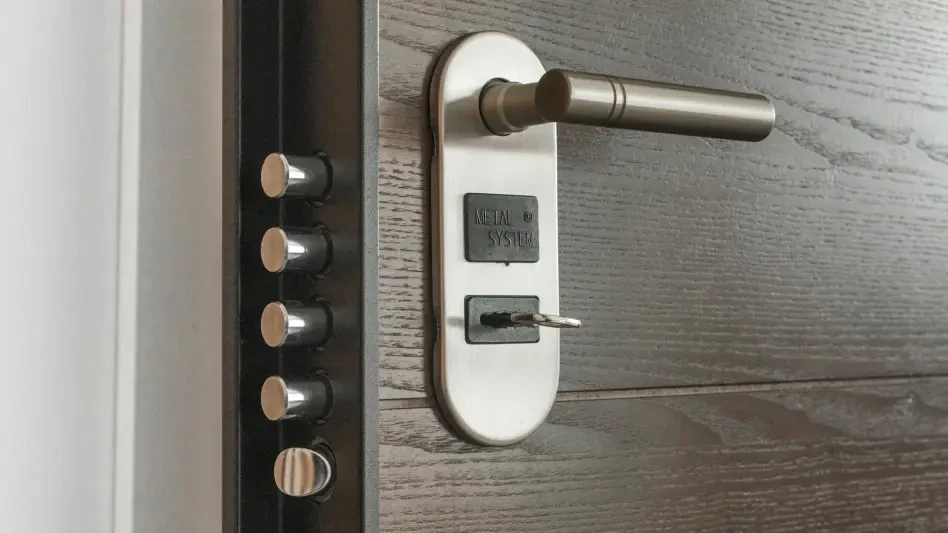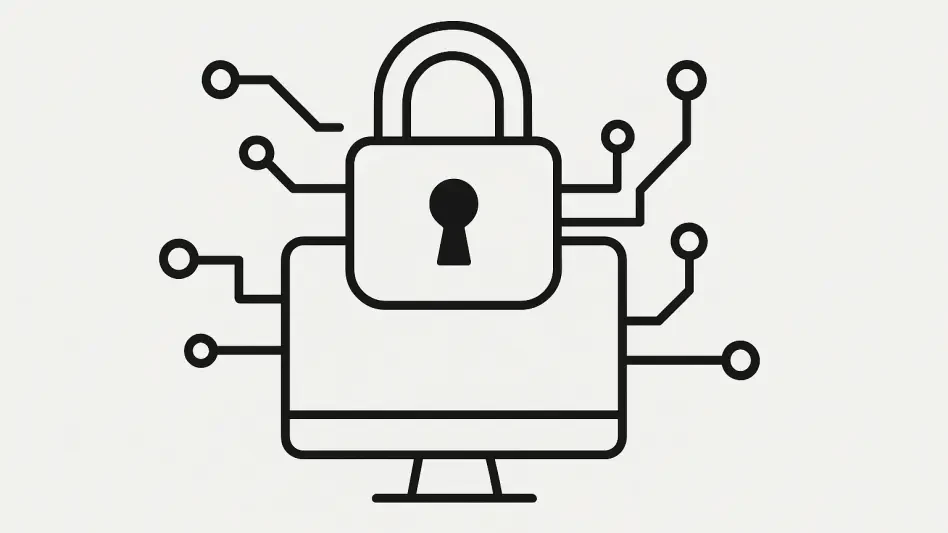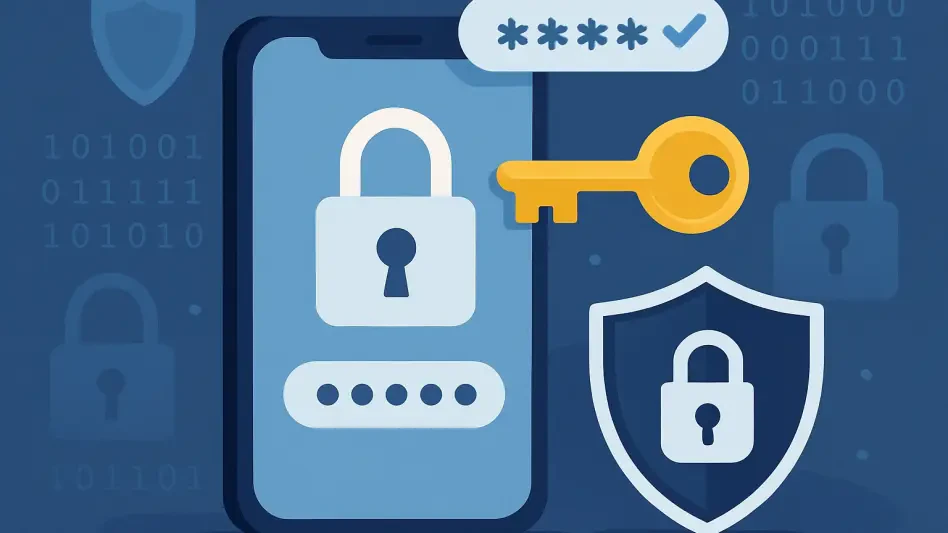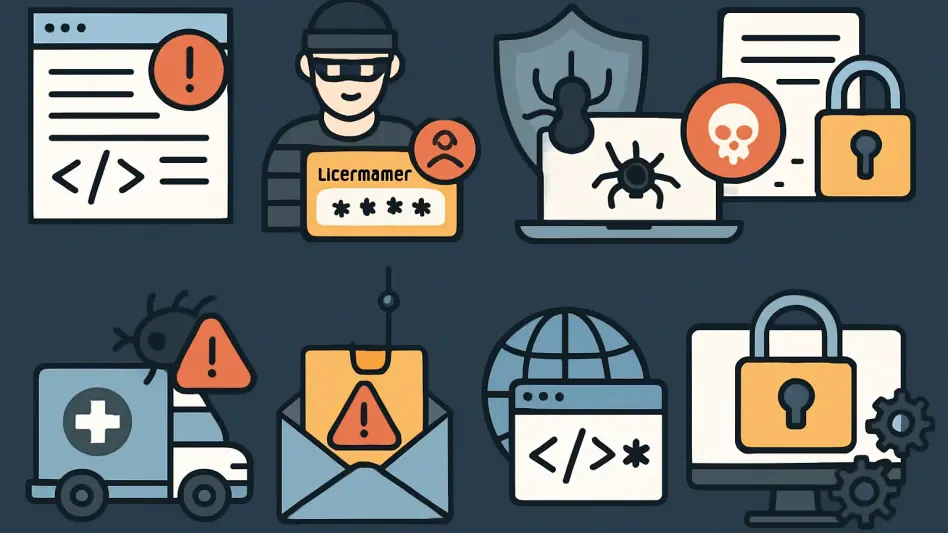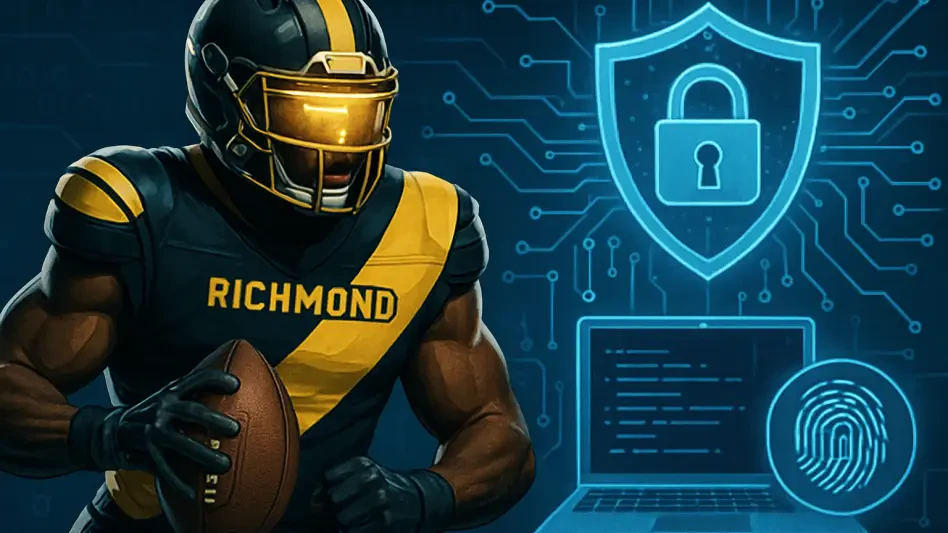The Department of Defense (DOD) is undergoing a significant digital transformation with the introduction of myAuth, a new authentication platform replacing its predecessor, DS Logon. This transition is monumental, affecting how approximately 20 million users—ranging from military personnel to contractors and civilian retirees—access over 200 DOD and Veterans Affairs websites. By adopting myAuth, the DOD seeks to enhance security while delivering a user-friendly experience that meets the diverse needs of its varied user base.
The Push for Modern Authentication Solutions
The Catalyst for Change
The shift towards myAuth is driven by the need for a more secure, efficient, and adaptable authentication system capable of supporting the DOD’s wide-ranging user community. DS Logon’s limitations have necessitated an upgrade to a flexible platform that not only bolsters security but simplifies access for users across multiple environments. myAuth stands as a scalable solution tailored to the specific requirements of the DOD. Hosted on a secure cloud authorized by the Defense Information Systems Agency, myAuth delivers “identity as a service” capabilities. This cloud-based approach ensures robust security and provides a familiar login experience akin to commercial offerings, integrated seamlessly into the DOD’s digital ecosystem.
Addressing User Access Challenges
The current authentication landscape confronts significant challenges, particularly for users who lack a common access card (CAC) or face restrictions accessing DOD systems through traditional methods. myAuth addresses these issues by offering alternative credentials authenticated through personal devices, including cell phones. This advancement is crucial for users like retirees, beneficiaries, and soldiers traveling or outside CAC-enabled environments. Zachary R. Gill from the Defense Manpower Data Center illustrates myAuth’s advantages, such as facilitating access to the Defense Travel System. This adaptability allows users to update travel orders conveniently using personal devices, thereby removing impediments posed by the DS Logon system.
Flexibility and Security in User Authentication
Enhancing Authentication with Okta Verify
myAuth introduces Okta Verify to enable CAC-free access via mobile devices, enhancing versatility without compromising security. This application supports biometric authentication, incorporating features such as fingerprints and facial recognition. The presence of Okta Verify fosters a more inclusive, efficient user experience. Notably, while CACs are revered as the highest assurance standard for authentication, myAuth provides lower assurance options when adequately merited by system administrators. This flexibility empowers users with varied contexts and access needs while maintaining a high security threshold, aligning authentication strength with operational demands.
Integration and Scalability
The DOD’s goal is streamlining identity management by consolidating various authentication methods into one cohesive platform. myAuth aims to reduce inefficiencies and associated costs inherent in maintaining multiple systems. The unified approach reflects a broader trend within the DOD towards an integrated enterprise-level solution, setting the stage for a seamless authentication experience. By eliminating redundancy, myAuth aligns with DOD’s mission to modernize its digital infrastructure, providing cost-efficient and operationally effective identity management. This transformation paves the way for improved access and user satisfaction.
Transitioning to myAuth: Communication and Support
Facilitating a Smooth Transition
Transitioning to myAuth is a complex operation, slated for completion within 18 months, necessitating strategic communication to ease user adoption. Users are encouraged to establish myAuth accounts using existing DS Logon credentials, simplifying the process. For non-frequent system users like family members, retirees, and contractors, a comprehensive campaign has been initiated. The DOD is disseminating millions of messages within its community and collaborating with the Defense Health Agency to ensure users are informed about the transition, enabling seamless access to Tricare-related facilities. Awareness is prioritized to mitigate transition challenges and enable users to smoothly navigate this new authentication system.
The Role of Support Resources
A dedicated help section within myAuth aims to guide users through account creation and login procedures, addressing common queries. This proactive support mechanism underscores the importance of user-friendly design in achieving high adoption rates. Over 740,000 DOD-affiliated personnel have already established myAuth accounts, showcasing successful user engagement with the new system. With a self-service account creation success rate exceeding 99%, myAuth is distinguished by intuitive design and minimal reliance on call center assistance. The focus remains on empowering users with the tools and information necessary for effective use.
Summary and Future Implications
The Department of Defense (DOD) is undergoing a substantial shift in its digital landscape through the introduction of myAuth, a new platform for authentication that replaces the old DS Logon system. This crucial transformation impacts around 20 million users, including military personnel, contractors, civilian retirees, and more, all of whom need access to more than 200 DOD and Veterans Affairs websites. The adoption of myAuth reflects the DOD’s efforts to bolster security measures while simultaneously providing a seamless and more user-friendly experience. The initiative is designed to cater to the diverse requirements of its varied user base, ensuring that security protocols are robust and user interactions are streamlined. Such improvements are paramount as they affect how sensitive data and resources are accessed and managed by a wide range of users connected to the DOD. This digital transformation underlines a commitment to evolving with technological advancements to meet modern security challenges.

